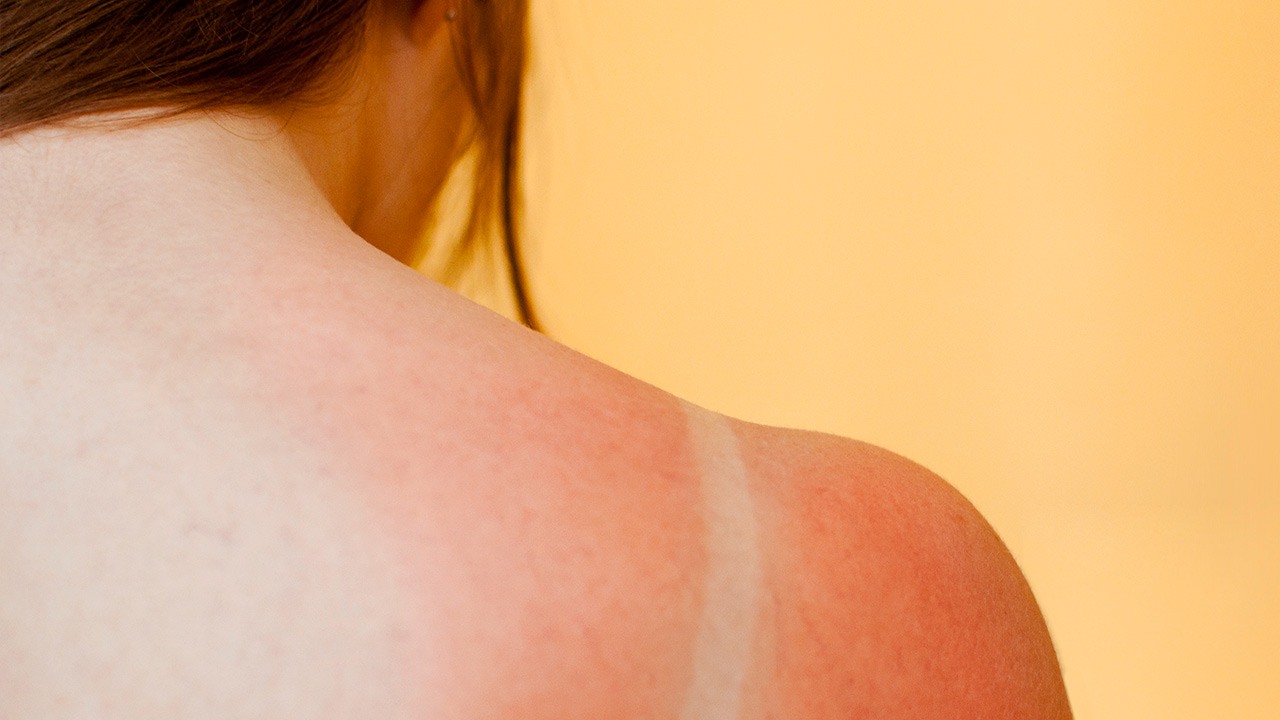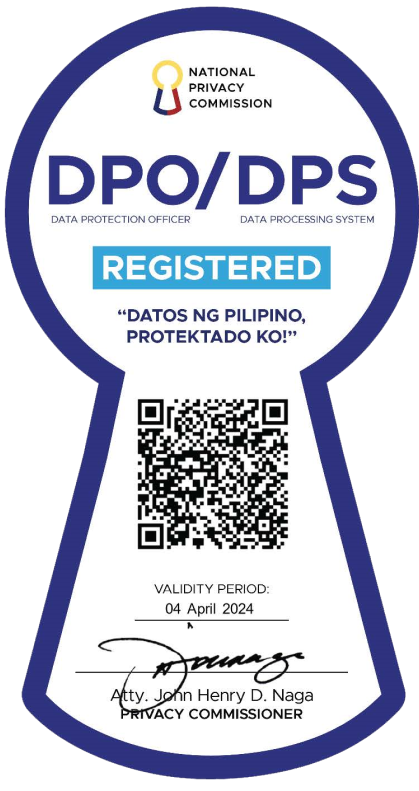Now that we're well in the middle of summer, sunburn is one thing you need to avoid at all costs. ICYDK, it's a skin condition that involves inflamed, painful skin that feels *hot* to the touch and is usually caused by overexposure to the sun. Forgetting to apply your sunscreen can also exacerbate this.
Today, we'll be discussing everything you need to know about sunburn, including treatment options and prevention strategies. We also have a FAQs section at the end that includes care, healing times, and sunburn's long-term impacts.

What is Sunburn?
Sunburn is a form of skin damage resulting from too much exposure to ultraviolet (UV) radiation, primarily from the sun, but also from artificial sources like tanning beds. The skin turns red, feels hot to the touch, and may become painful or itchy. In more severe cases, sunburn can cause blisters, and peeling of the skin may occur as it heals. Excessive sun exposure that leads to sunburn not only causes immediate discomfort but also increases the risk of long-term skin damage.
Causes
Excessive UV Radiation Exposure
The primary cause of sunburn is overexposure to ultraviolet (UV) rays from the sun. The skin absorbs these rays, and when the exposure exceeds the skin's ability to protect itself through melanin production, it results in damage and inflammation, also known as sunburn. This can happen even on cloudy days, as up to 80 percent (!!!) of UV rays can penetrate through clouds.
Lack of Adequate Sunscreen Protection
Failing to apply sunscreen with a sufficient Sun Protection Factor (SPF) leaves the skin vulnerable to UV radiation. Sunscreen acts as a barrier that either absorbs or reflects harmful UV rays, and without it, the skin's defense mechanism is *significantly* weakened. Additionally, incorrect application or infrequent reapplication of sunscreen, especially after swimming or sweating, contributes to inadequate protection.
Reflection from Surfaces
Surfaces like water, sand, and even concrete can reflect UV rays, intensifying exposure. This reflected UV light can cause sunburn even if you're under an umbrella or a shade, as the rays bounce from the ground or water surface onto your skin, increasing the UV radiation's intensity.
Altitude and Latitude
UV exposure increases with altitude because there is less atmosphere to absorb UV radiation. Being at a higher elevation, such as in the mountains, significantly raises the risk of sunburn. Similarly, the closer you are to the equator (hello, Philippines), the stronger the UV radiation due to the sun's more direct angle, resulting in a higher risk of sunburn in these regions.
Time of Day
The sun's rays are strongest between 10 a.m. and 4 p.m., making UV exposure during these hours particularly harmful. Sunburn can occur more quickly and be more severe if you spend unprotected time outdoors during peak UV radiation times.
Sunburn Variations
First-Degree Sunburn
First-degree sunburn affects only the outer layer of the skin, known as the epidermis. It is characterized by redness, tenderness, and mild swelling, without blistering. The skin may feel hot to the touch and can be uncomfortable, with symptoms typically subsiding within a few days. Peeling may occur as the skin heals and sheds damaged cells.
Second-Degree Sunburn
Second-degree sunburn penetrates deeper into the skin, affecting both the epidermis and the dermis layer beneath it. This type of sunburn is more serious and is characterized by intense redness, swelling, and the formation of blisters. Pain can be more severe and persistent. Healing takes longer, often up to several weeks, and proper care is needed to prevent infection and minimize scarring.
Sunburn with Heat Exhaustion
When sunburn is accompanied by signs of heat exhaustion, it indicates a more severe health risk. Symptoms include intense, widespread sunburn accompanied by dizziness, headache, nausea, excessive sweating, cool and clammy skin, and dehydration. This skin condition arises from prolonged exposure to high temperatures and UV rays, requiring immediate medical attention to prevent more severe heat-related illnesses.
When to Seek Professional Health
It's crucial to seek professional medical attention for sunburn if you're experiencing severe pain, extensive blistering, signs of infection (such as red streaks, pus, increased swelling, or fever), or if the sunburn is accompanied by symptoms of heat exhaustion or heatstroke (nausea, dizziness, rapid pulse). Also, seek care for sunburn in very young children, as their skin is more sensitive and the risks are higher.
Treatment Options
Taking cool showers or baths
Gently lowering the skin's temperature helps alleviate pain and heat from sunburn. Avoid using harsh soaps or scrubbing the skin, which can exacerbate irritation.
Using moisturizers containing aloe vera or soy
Applying a moisturizer that contains aloe vera or soy can soothe sunburnt skin. Avoid creams with petroleum, benzocaine, or lidocaine, as these ingredients can trap heat in the skin or cause irritation.
Investing in over-the-counter hydrocortisone cream
A one percent hydrocortisone cream can reduce pain and swelling associated with sunburn. It's especially helpful for areas of intense inflammation but should not be used on broken or blistered skin.
Hydration
Sunburn causes fluid to be drawn towards the skin's surface and away from other body parts. Drinking extra water when you’re sunburnt helps prevent dehydration.
Non-Prescription Pain Relievers
NSAIDs (nonsteroidal anti-inflammatory drugs) like ibuprofen or aspirin can help reduce swelling, redness, and discomfort associated with sunburn.
Prevention
Do the following to prevent sunburn:
- Avoid direct sun exposure between 10 a.m. and 4 p.m. These hours usually have the strongest UV rays.
- Wear protective clothing. Long-sleeved shirts, pants, wide-brimmed hats, and sunglasses offer physical protection against UV rays.
- Apply broad-spectrum sunscreen. Use a sunscreen that offers both UVA and UVB protection, with an SPF of 30 or higher.
- Reapply sunscreen. Do this every two hours. If you're swimming or sweating a lot, you need to reapply more frequently.
Frequently Asked Questions About Sunburn
Can I put ice directly on sunburn?
Directly applying ice can cause more damage to the skin. Instead, use cool, not freezing, water or compresses.
How long does sunburn take to heal?
Healing times vary; mild sunburn may improve within a few days, while severe sunburn can take weeks.
Can sunburn lead to permanent damage?
Yes, repeated sunburns can increase the risk of skin cancer and cause premature aging of the skin.



